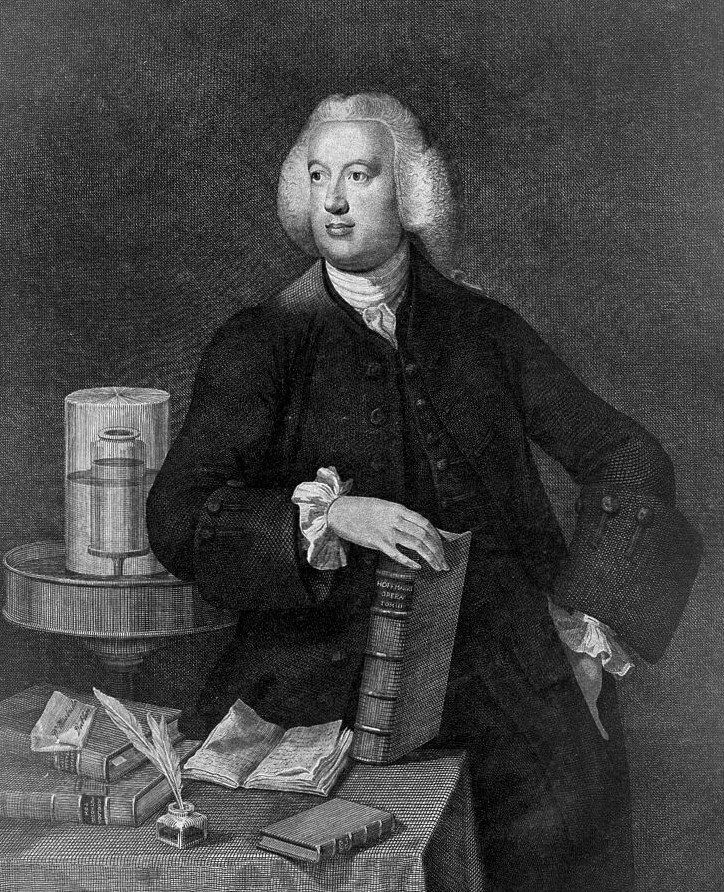Avi Ohry
Tel Aviv, Israel

David Macbride (1726–1778) of the county of Antrim, Northern Ireland, was an Irish physician who contributed to the treatment of scurvy1 and to the art of tanning.2 In his youth, he was apprenticed to a local surgeon and served for a short time as a surgeon’s mate on a Navy hospital ship. After the 1748 Treaty of Aix-la-Chapelle (which ended the War of the Austrian Succession), he studied anatomy under Alexander Monro (primus) in Edinburgh and midwifery under William Hunter and William Smellie in London.
After moving to Dublin in 1751, he presented his medical findings (Experimental Essays, London, 1764) to the local Medico-Philosophical Society, and in 1762 he became its secretary. His essays were translated into several languages. In 1764 he earned his MD degree from the University of Glasgow, and from 1776 he lectured on medicine from his house. He published more essays: “On the Nature and Properties of Fixed Air”, “New Method of Treating the Scurvy at Sea”, and “Introduction to the Theory and Practice of Physic.” His Principles of Virtue and Morality was published in Boston in 1796.3
Macbride contributed to the treatment of scurvy when he “presented an account of ten treated cases of scurvy with a herbal preparation, sweet wort or sugar of barley, a cheap and readily available grain that greatly interested the Lords Commissioners of the Admiralty. The infusion of malt was touted by Macbride as more effective than electuaries, mustard, sugar, vinegar, cider and vitriol and more effective than Lind’s citrus remedy, in curing the ‘genuine putrid scurvy.’”3
He also contributed to the art of tanning in 1767 by introducing “sulphuric acid for heavy leather tanned with vegetable tannins in place of the organic acids derived from fermenting bran or rye. He argued that it gave more precise control, that the skins were better plumped, thus less susceptible to bacterial damage, and that the whole process could be shortened.”2 The bookbinding profession benefitted substantially from his invention.
A year later, he was made an honorary member of the Dublin Society, which awarded him a Silver Medal. The Gold Medal was awarded to him by The Society of Arts of London. The invention and his medical writings made him famous.
References
- Tröhler U. Lind and scurvy: 1747 to 1795. J R Soc Med, 2005;98(11):519-22.
- Redwood, M. Timeline for the leather industry. Mike Redwood’s thoughts and source for all things leather and gloves. https://www.mikeredwood.com/leather-technology-background/timeline-for-the-leather-industry/.
- Encyclopaedia Londinensis, Universal Dictionary, Arts, Sciences and Literature. Essex and London 1816, vol 14, p. 10-11.
AVI OHRY, MD, is married with two daughters. He is Emeritus Professor of Rehabilitation Medicine at Tel Aviv University, the former director of Rehabilitation Medicine at Reuth Medical and Rehabilitation Center in Tel Aviv, and a member of The Lancet‘s Commission on Medicine & the Holocaust. He conducts award-winning research in neurological rehabilitation, bioethics, medical humanities and history, and on long-term effects of disability and captivity. He plays the drums with three jazz bands.

Leave a Reply